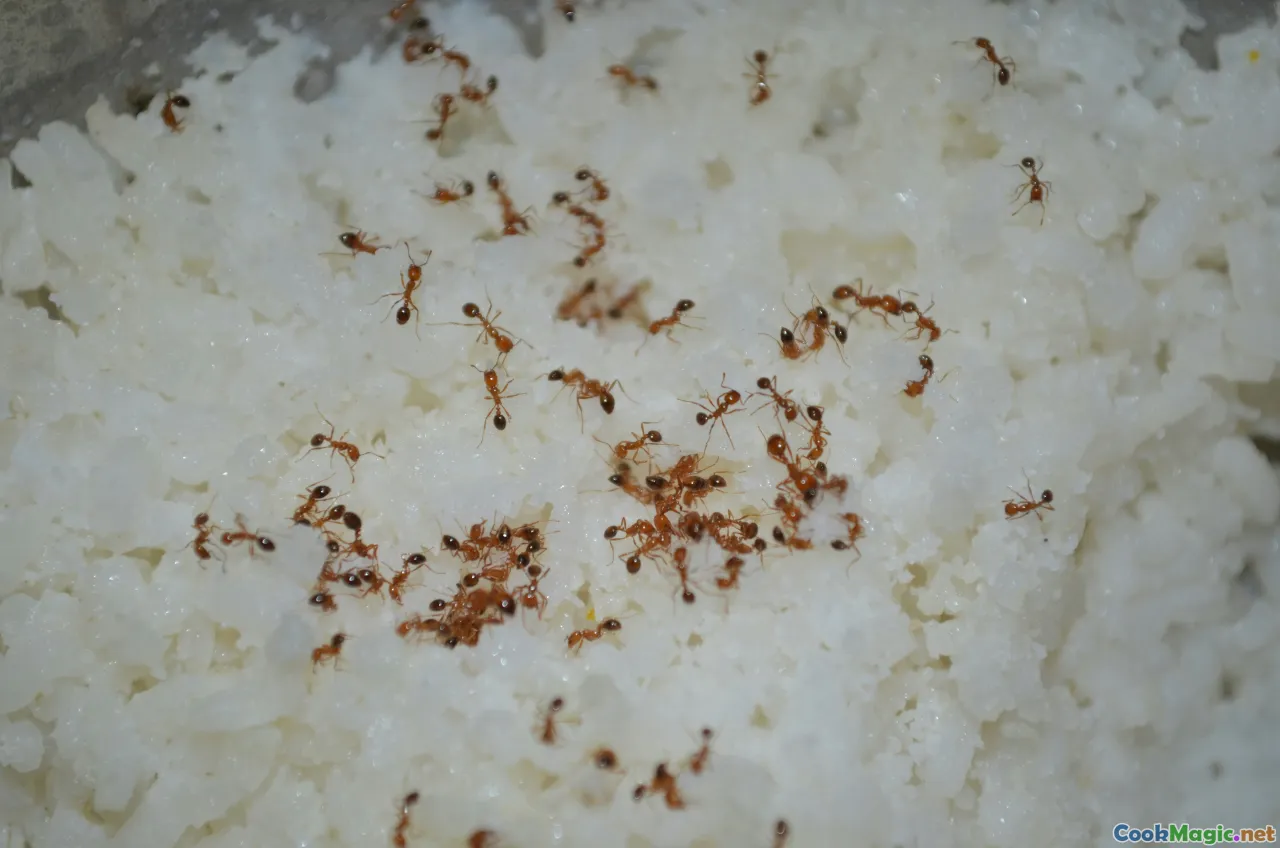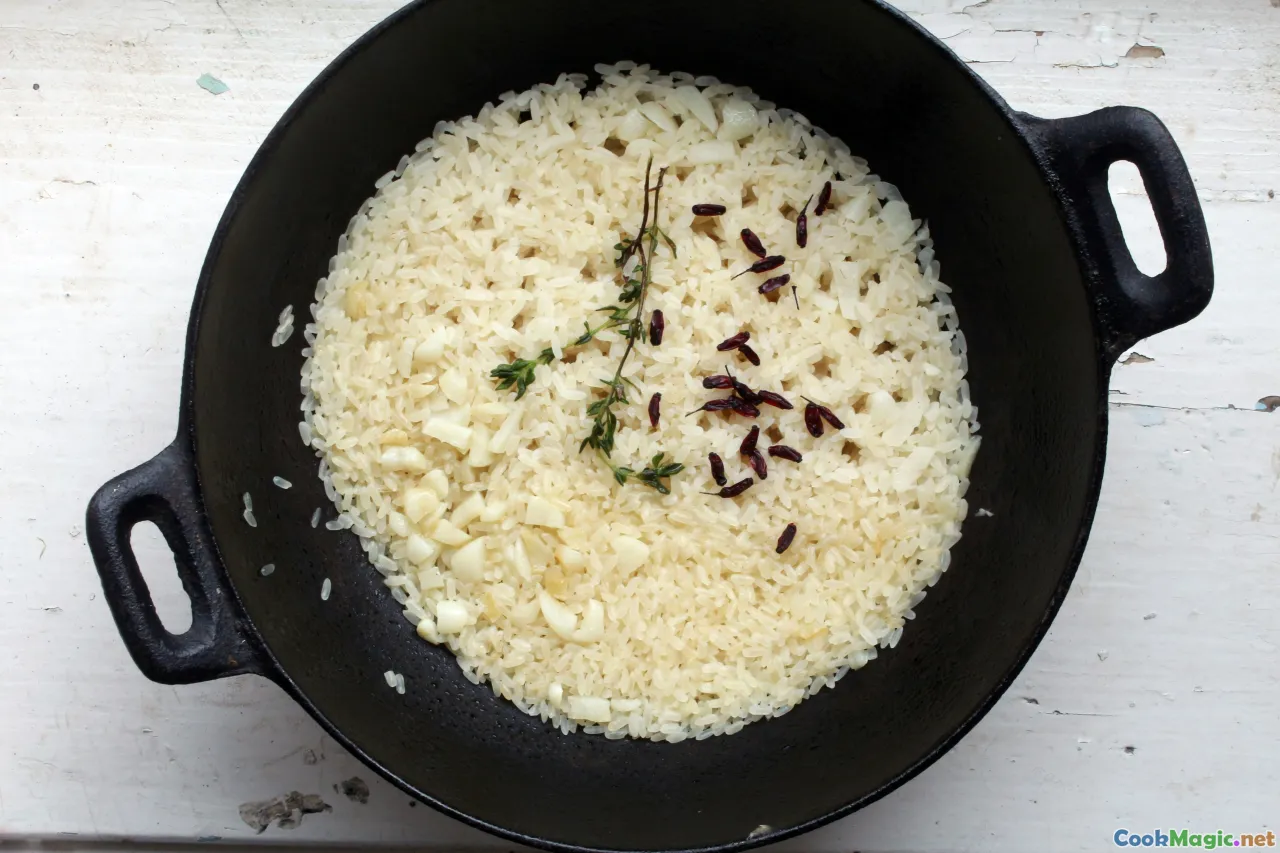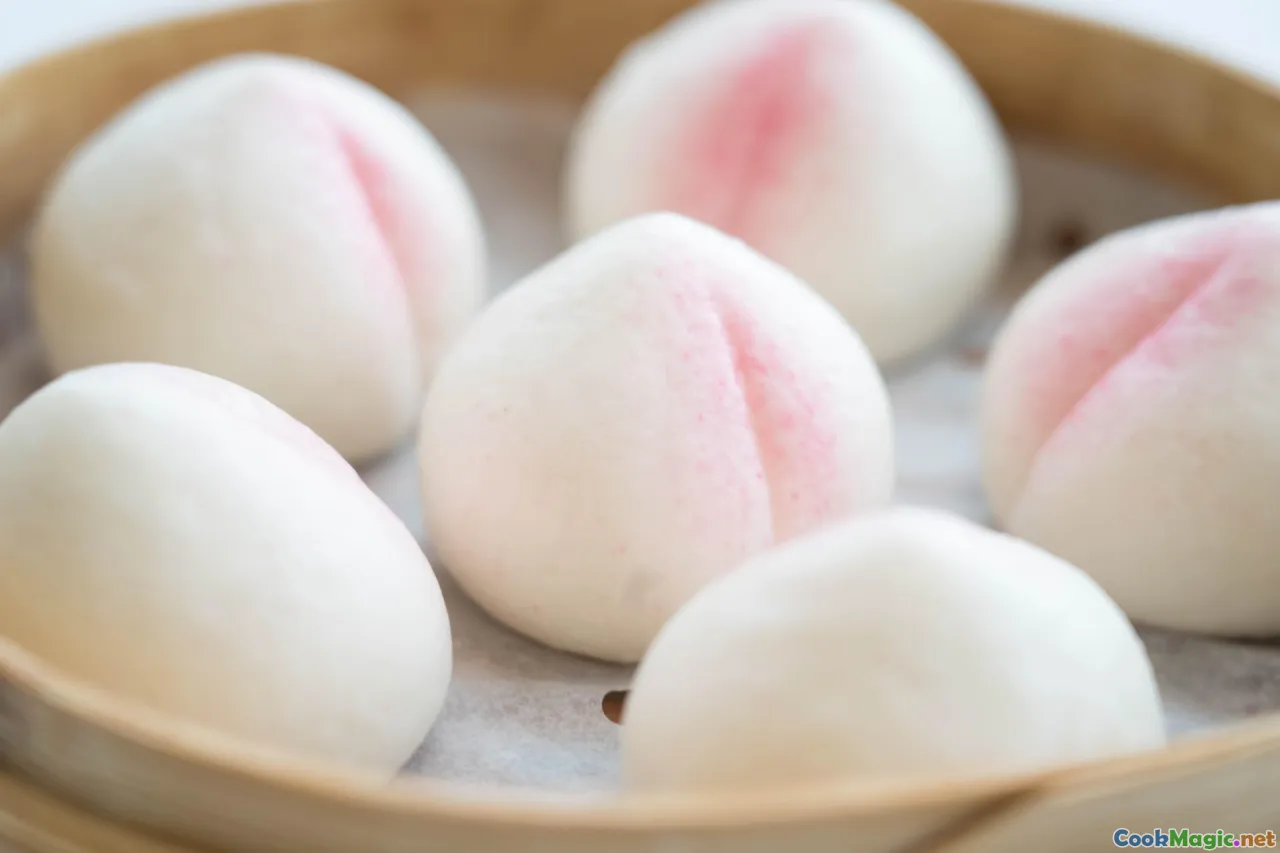Techniques for Perfect Sticky Rice Every Time
11 min read Discover expert tips and methods to achieve perfectly sticky rice every time, essential for authentic Thai dishes and culinary mastery. June 23, 2025 18:05
Techniques for Perfect Sticky Rice Every Time
There's something inherently enchanting about the glutinous, pearly mound of perfectly cooked sticky rice—an edible canvas that holds the warmth, aroma, and soul of Thai culinary tradition. From bustling street stalls in Bangkok to serene countryside kitchens, sticky rice—khao niao—has been a staple for centuries, woven into the very fabric of Thailand’s cultural identity. It’s more than just a side dish; it’s an emotion, a shared memory, a tactile experience that transports you to lush rice fields and fragrant markets.
Achieving that flawless, stick-to-your-fork consistency with fully cooked, tender grains—each shimmering like tiny pearls—requires more than just following a recipe. It demands an understanding of the rice’s nature, the nuances of technique, and a touch of culinary artistry that has been perfected by generations. Whether you’re preparing Khao Niao Mamuang (mango sticky rice), Khao Lam (sticky rice with coconut and beans), or serving it alongside savory northern dishes like Lap Na (spicy meat salad), mastering the art of sticky rice elevates your Thai cuisine game to authentic heights.
Let’s embark on a sensory journey through the essential techniques, insider tips, and cultural insights that will make your sticky rice always come out impeccable—soft, slightly chewy yet tender, with every grain sticking invitingly together.
The Heart of Thai Sticky Rice: Understanding the Grain

Before diving into cooking methods, it’s crucial to understand the star ingredient: the glutinous rice (also called sweet rice or sticky rice). Unlike its long-grain counterpart, this rice contains a high concentration of amylopectin starch, which gives it that characteristic sticky and cohesive texture. Thai sticky rice isn’t simply any rice; its unique qualities include a subtly sweet aroma reminiscent of freshly steamed bread, a semisoft texture that holds together without becoming mushy, and a crystalline sheen when perfectly cooked.
The best Thai sticky rice originates from regions like northeastern Isan and northeastern Thailand, where traditional cultivation and artisanal harvesting preserve its authentic flavor profile. For culinary success, begin with high-quality, authentic glutinous rice harvested specifically for sticky rice dishes.
Preparing for Perfection: Soaking and Rinsing

A step often overlooked by novice cooks, proper soaking and rinsing are the foundation for achieving uniform cooking and that alluring sticky-texture that defines Thai sticky rice.
**Why soak?**Soaking the rice for at least 4 hours—preferably overnight—allows water to penetrate the grains fully, reducing cooking time and encouraging even hydration. The soaking process also helps lubricate the starch structure, ensuring the rice clumps together just right—neither mushy nor dried out.How to rinse? Before soaking, rinse the rice thoroughly in cold water, swirling gently. This removes excess surface starch that, if unwashed, can result in overly sticky or clumpy rice rather than the delicate, cohesive grains we seek.
For the ideal texture, drain the rice well after rinsing and soak it in fresh water, ensuring the water covers the grains by at least an inch. This hydrating ritual primes the rice for that perfectly tender yet cohesive bite.
The Art of Steaming: Technique and Timing

In Thai cuisine, steaming is revered as the most authentic and gentle method for cooking sticky rice. Unlike boiling, which can leach out flavors and dilute the rice’s natural aroma, steaming preserves the integrity of each grain and enhances its natural sweetness.
**Here's how to master the steaming process:**1.Use a traditional steamer: A bamboo rice steamer (called hoong) or a well-designed metal steamer works best. Line the steaming basket with a clean cloth or cheesecloth to prevent grains from slipping through. 2. Drain the soaked rice: After soaking, drain thoroughly to avoid excess water in the steaming container. 3. Layer for even cooking: Spread the rice in an even, thin layer—about an inch thick—without packing it tightly. 4. Steam in stages: Place the riser over boiling water, making sure it doesn’t touch the water, and cover with a lid. Steam for 15–20 minutes, then open gently, fluff the rice with a wooden paddle, and continue steaming for another 15–20 minutes. 5. **Check for doneness:**The rice should be tender, slightly sticky, and fragrant—moist but not wet.Pro tip: For extra flavor, add a few pandan leaves or a pinch of salt to the water, which infuses subtle aroma notes into the rice.
Timing Tips & Troubleshooting
- Over-steaming can make the rice mushy; under-steaming results in hard, undercooked grains.
- If the rice appears dry after the initial steaming, sprinkle with a little warm coconut milk, cover, and steam for a few more minutes.
The Final Fluff and Serving Technique

Contrary to the belief that sticky rice should be mashed or spooned aggressively, the proper approach is gentle handling that preserves individual grains and highlights their shiny, cohesive appearance.
Once steamed, allow the rice to rest for 5 minutes, then gently fluff with a wooden paddle or rice paddle. This helps bind the grains slightly while avoiding breakage, ensuring each bite is a harmonious bite of tender, sticky fluff.
Shape and Serve: Traditionally, Thai sticky rice is shaped into small, smooth mounds with damp hands or in a rice mold. It’s served in small bowls or banana leaf wraps, accompanying a spectrum of dishes—from rich curries and spicy salads to sweet mango slices.
Enhancing Flavor: Pairing and Additives

The authentic Thai experience isn’t complete without considering how to elevate your sticky rice.
- Coconut milk: Steamed rice lovingly blended with warm, sweetened coconut milk creates the iconic khao niao mamuang. Add a pinch of salt or sugar to the coconuts for subtle sweetness.
- Salted ferment & pandan: Adding a dash of salt during steaming enhances sweetness, while infusing pandan leaves during steaming imparts a beautiful green hue and fragrance.
- Toppings and accompaniments: Toasted sesame seeds, shredded coconut, or crushed toasted mung beans add texture contrast.
Personal Tales & Regional Variations
Throughout Thailand, sticky rice varies according to regional traditions. In Northeastern Isan, it's often paired with grilled meats and spicy dips, with a hearty, rustic approach to cooking. In Central Thailand, it's integral to desserts such as khao niao sangkhaya (sticky rice with custard) and the famous mango sticky rice. In the North, it’s a common accompaniment for laab and other spicy salads.
A personal anecdote: I once visited a rural village in Chiang Mai during the annual sticky rice festival. The villagers demonstrated their secret: soaking rice in a mixture of jasmine water and banana leaves overnight. The result? Fragrant, subtly aromatic rice that was more tender and flavorful than any I’d ever tasted—proof that love and tradition elevate even the simplest ingredient.
Final Secrets for Perfection
- Always choose high-quality, authentic glutinous rice.
- Proper soaking is key: no shortcuts.
- Steaming should be gentle and even, with no rushing.
- Don’t over-stir or mash—handle with care.
- Elevate your rice with coconut, pandan, or regional aromatics.
When executed with patience and a touch of artistry, your sticky rice will resonate with the soul of Thai tradition—delightful, fragrant, tender, and perfectly cohesive. Whether gathered around a family table or plating for a special occasion, mastering these techniques ensures every serving feels like a heartfelt connection to Thailand’s ancient rice fields and vibrant culinary heritage.
Eat with intention, and enjoy the comforting, immersive journey of creating truly perfect sticky rice—timeless, tasty, and treasured. Amorn naew, khop khun khrap!









